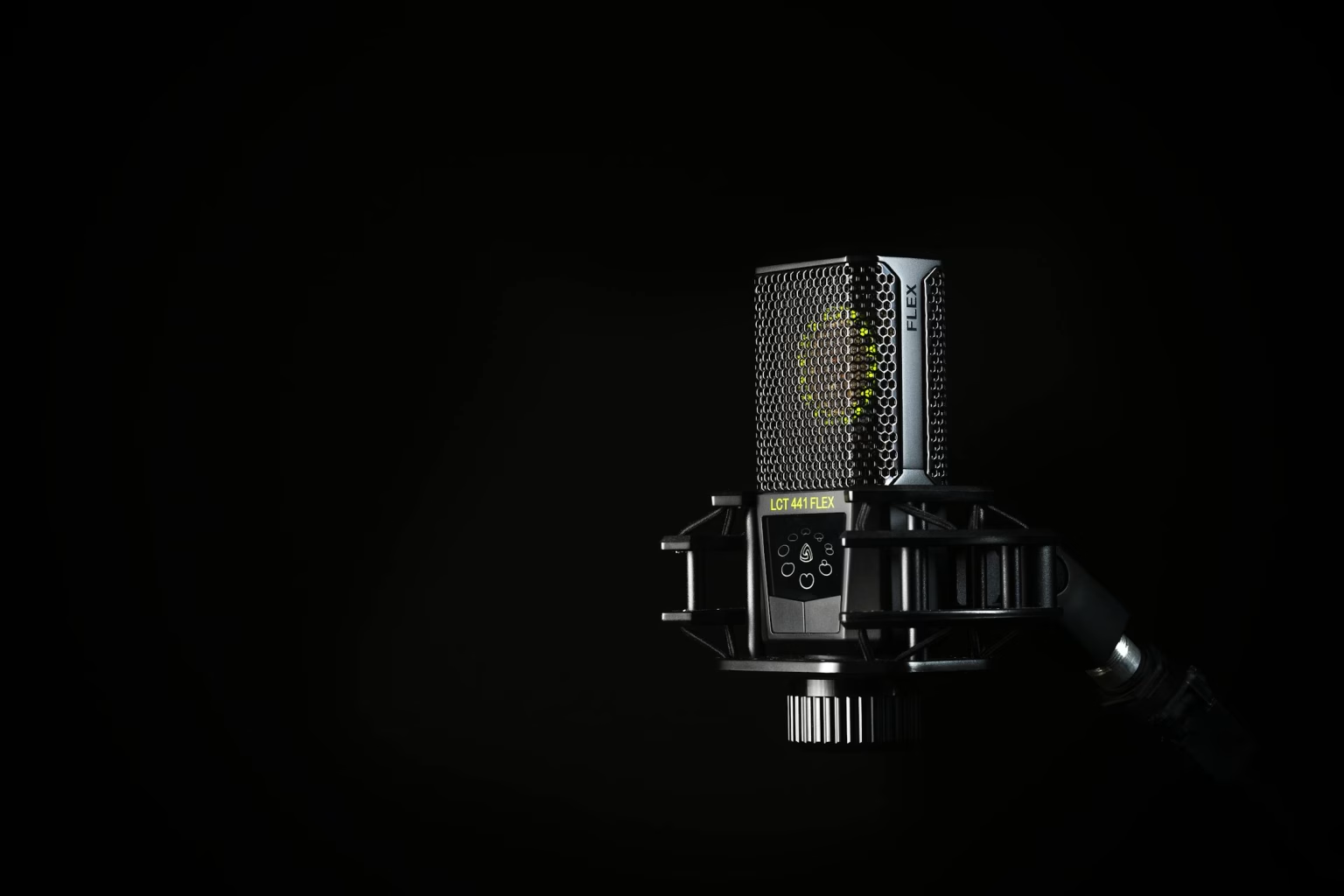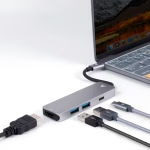Choosing the right microphone is crucial for delivering professional-quality voiceovers, whether you’re recording audiobooks, hosting podcasts, or working on commercial projects. With so many options available, finding the best microphones for voiceover work can feel overwhelming.
In this guide, we break down the top 10 microphones designed to enhance clarity, tone, and performance, catering to every voice and budget.
Whether you’re a seasoned pro or just starting, discover the perfect mic to elevate your recordings to studio-quality excellence.
Top Picks
These microphones are rated based on sound quality, sensitivity, noise reduction, frequency response, durability, and overall value for professional or home studio use.
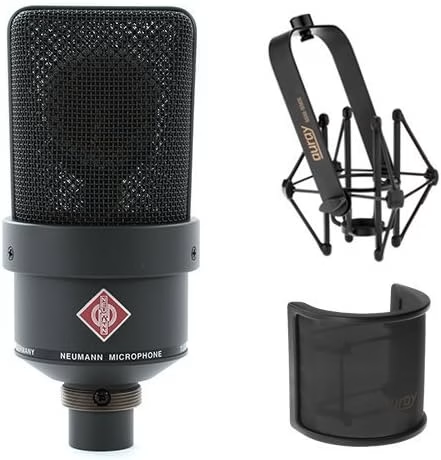 Neumann TLM 103
Neumann TLM 103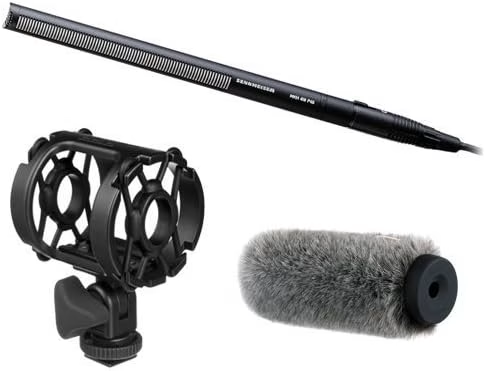 Sennheiser MK 416
Sennheiser MK 416 Audio-Technica AT2020
Audio-Technica AT2020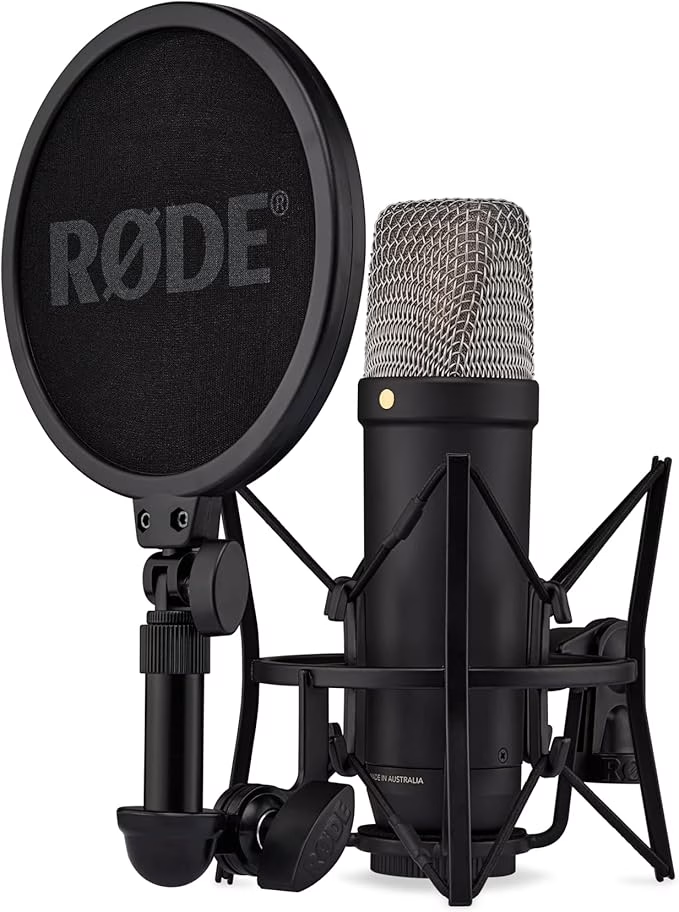 Rode NT1
Rode NT1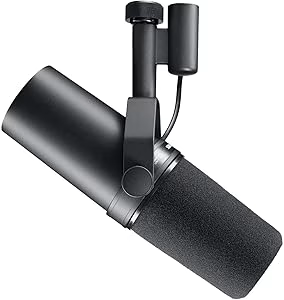 Shure SM7B Microphone
Shure SM7B Microphone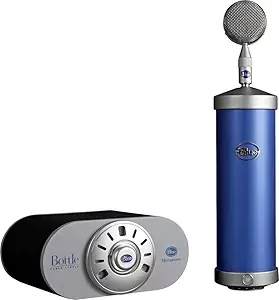 Blue Baby Bottle
Blue Baby Bottle AKG Pro Audio Condenser Microphone, C414
AKG Pro Audio Condenser Microphone, C414 Telefunken M80 Supercardioid
Telefunken M80 Supercardioid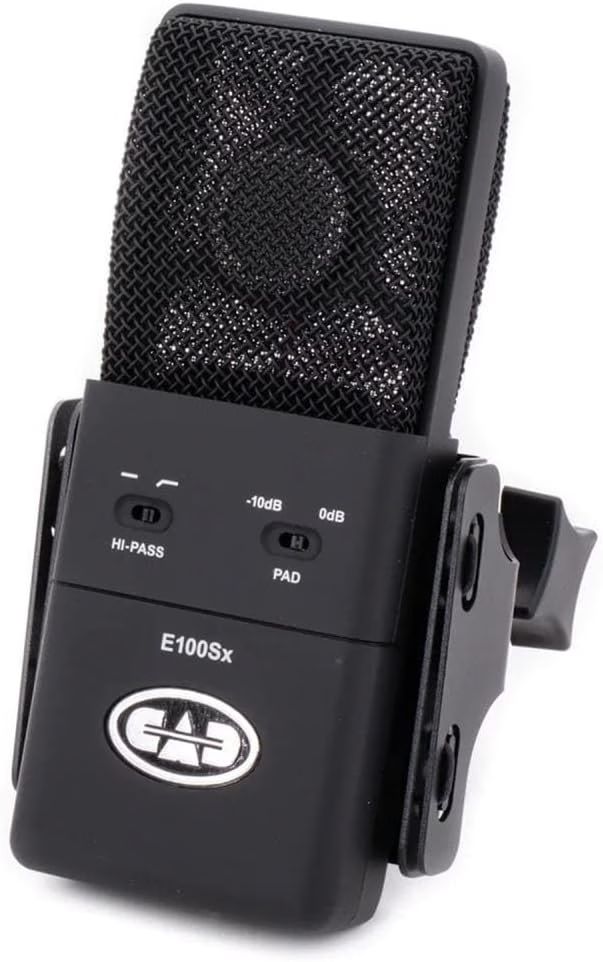 CAD Audio E100SX
CAD Audio E100SX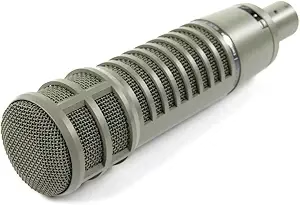 Electro-Voice RE20
Electro-Voice RE20Why Microphone Choice Matters for Voiceover Work
Let me share something that changed my perspective completely: When I first started, I thought my $50 USB mic was “good enough” – until a client rejected my audition due to poor audio quality.
That was my wake-up call. The right microphone doesn’t just capture your voice; it captures your voice’s character, warmth, and authenticity.
Today, we are going to cut through the clutter and explore the best microphones for voiceover work. Let’s get down to it.
Discover 10 Best External Mics for DSLR Cameras in 2025
Top 10 Microphones for Voiceover Excellence
1. Neumann TLM 103: The Industry Standard
This mic has been my go-to for professional voiceover work for the past three years. The clarity and warmth it brings to vocals are unmatched. Its simply #1 on my list of best microphones for voiceover.

Price: $1100-$1300
Key Features:
- Large-diaphragm condenser capsule
- Cardioid polar pattern
- Self-noise of just 7 dB-A
- Handles SPLs up to 138 dB
Pro Tip: Pair this with a high-quality preamp like the Focusrite ISA One for broadcast-ready vocals.
2. Sennheiser MK 416: The Versatility King

Price: $999
The MK 416 has saved countless sessions with its exceptional off-axis rejection. Perfect for those less-than-ideal recording spaces.
Key Features:
- Shotgun condenser design
- Highly directional pickup
- Excellent pop protection
- Robust build quality
Pro Tip: Position slightly above your mouth, angled down, to leverage its directional focus. Minimize room reflections for a clean, professional sound.
3. Audio-Technica AT2020: The Budget Champion
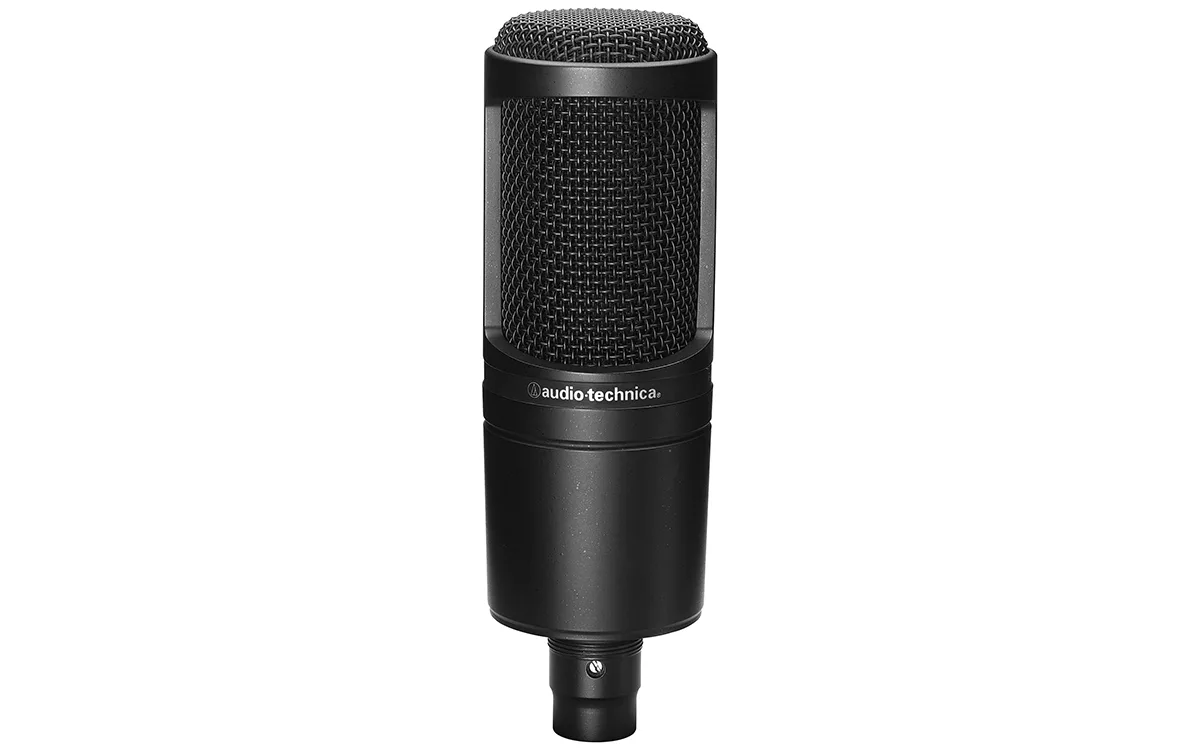
Price: $99
Don’t let the price fool you – this mic punches way above its weight class. I’ve used it for numerous e-learning projects with great results.
Key Features:
- Low-mass diaphragm
- Wide dynamic range
- Custom shock mount available
- XLR connectivity
Pro Tip: Use a pop filter and a treated space for optimal clarity. Pair with a quality audio interface like the Focusrite Scarlett for the best performance.
4. Rode NT1: The Quiet Performer
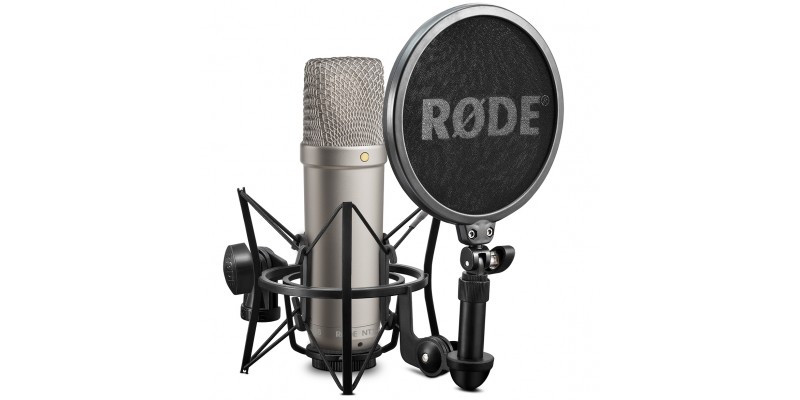
Price: $249
This microphone completely changed my audiobook recording game. Its incredibly low self-noise of 4.5 dB-A makes it perfect for intimate recordings where every breath counts.
I’ve recorded entire audiobook series with this mic, and editors consistently praise the clean, noise-free recordings, making it a score among best microphones for voiceover.
Key Features:
- Industry-lowest self-noise at 4.5 dB-A
- HF6 capsule with gold-plated membrane
- Internal Rycote shock mounting
- Military-grade internal capsule shock mounting
Pro Tip: Keep this mic in a dehumidified environment – its sensitivity makes it particularly susceptible to moisture damage.
Discover 10 Best External Mics for DSLR Cameras in 2025
5. Shure SM7B: The Broadcast Beast 📻

Price: $399
The SM7B has been my savior in less-than-perfect recording environments. When I moved to a new apartment near a busy street, this mic helped me continue recording professionally despite the ambient noise.
Key Features:
- Bass rolloff and mid-range emphasis controls
- Internal air suspension shock isolation
- Built-in pop filter
- Legendary durability
Pro Tip: Pair this with a Cloudlifter CL-1 to address the gain requirements without introducing noise.
6. Blue Baby Bottle: The Character Mic 🎭
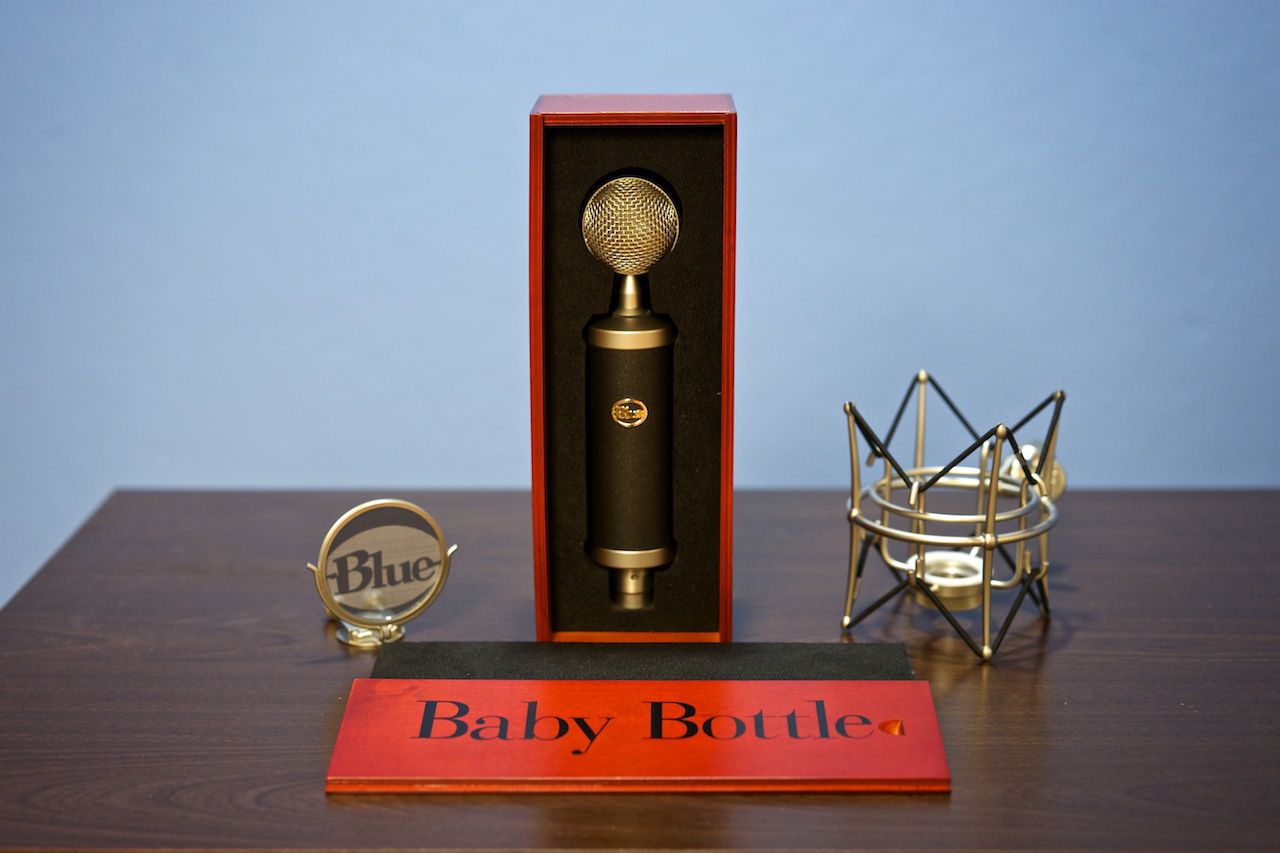
Price: $399
When recording character voices for animated content, this mic’s unique sound signature adds just the right amount of presence. It helped me land several animation projects because of how it captures character voices so distinctively.
Key Features:
- Custom-tuned capsule
- Proprietary Class-A discrete electronics
- Cardioid pickup pattern
- Distinctive blue finish
Pro Tip: This mic particularly shines when recording deeper voices – position slightly off-axis for the warmest tone. Baby Bottle is one of the best microphones for voiceover.
7. AKG C414 XLII: The Swiss Army Knife

Price: $999
The versatility of this mic is unmatched. During a single session, I used different polar patterns to record both a booming announcer voice and a intimate whisper without changing mics.
Key Features:
- 9 polar patterns
- 3 bass cut filters
- 3 pad settings
- Peak hold LED indicator
Pro Tip: The omnidirectional setting is fantastic for creating a natural, open sound in well-treated rooms.
Discover 10 Best External Mics for DSLR Cameras in 2025
8. Telefunken M80: The Vintage Voice 🎩
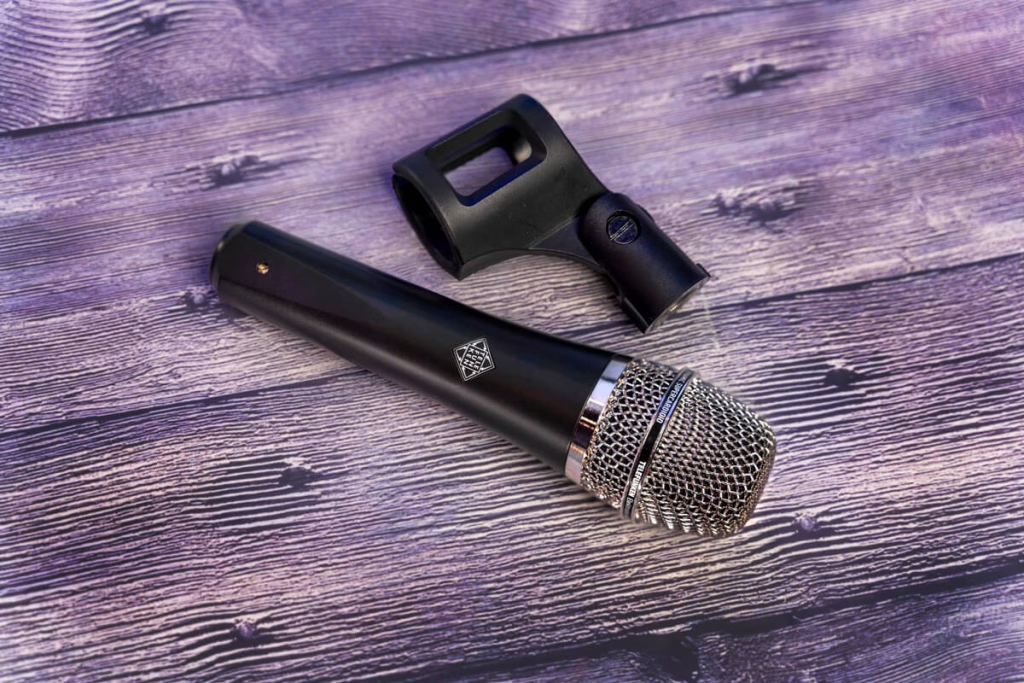
Price: $249
This mic recreates the magic of classic radio voices. The first time I used it for a retro-style commercial, the client immediately approved the first take – the vintage warmth was exactly what they wanted.
Key Features:
- Large-diaphragm condenser
- Custom-wound transformers
- Edge-terminated capsule
- Hand-assembled in USA
Pro Tip: Run this through a tube preamp for extra warmth and character that’s perfect for commercial work.
9. CAD E100SX: The Hidden Gem 💎

Price: $499
I discovered this mic by accident at a studio sale, and it’s become my secret weapon for voice-matching work. The clarity it offers makes it easier to match other voice actors’ performances perfectly.
Key Features:
- Supercardioid capsule
- Stealth finish reduces reflections
- Internal shock mount
- Ultra-low noise electronics
Pro Tip: This mic works exceptionally well with female voices in the upper register – it captures air without sibilance.
10. Electro-Voice RE20: The Durability King 💪
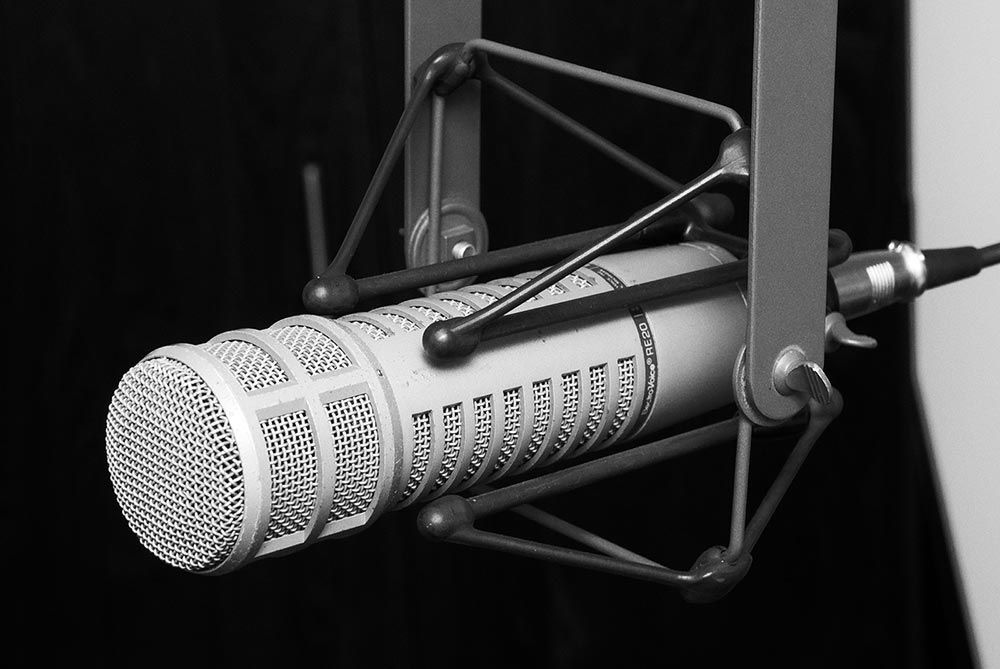
Price: $449
After dropping my previous mic during a session, I invested in the RE20 – it’s built like a tank. Three years and countless sessions later, it still sounds as good as day one.
Key Features:
- Variable-D technology
- Internal pop filter
- No proximity effect
- Heavy-duty internal shock mounting
Pro Tip: The lack of proximity effect means you can move around while recording without significant tonal changes – perfect for energetic performances.
Essential Factors to Consider When Choosing a Voiceover Mic
- Recording Environment
- Budget Constraints
- Type of Voicework
- Required Accessories
- Interface Compatibility
Discover 10 Best External Mics for DSLR Cameras in 2025
How to Get the Most from Your Microphone
- Proper Positioning
- Acoustic Treatment
- Preamp Selection
- Pop Filter Usage
- Regular Maintenance
Common Microphone Myths Debunked
More expensive always means better
Truth: A higher price doesn’t guarantee better results for your needs. Microphone performance depends on factors like your voice type, recording environment, and application.
For example, a $200 mic with the right setup might outperform a $1,000 mic in an untreated space. It’s about finding the right mic for your specific situation.
USB mics are always inferior
Truth: Modern USB microphones have come a long way. High-quality USB mics like the Elgato Wave:3 or the Blue Yeti X offer excellent sound for voice overs, especially for beginners or home setups.
While XLR mics provide more flexibility and superior sound for professional setups, USB mics can deliver impressive results without the need for additional audio interfaces.
You need a treated studio for good sound
Truth: While acoustic treatment enhances sound quality, you can achieve professional results without a full studio. Using a reflection filter, placing your mic in a quiet corner, or recording in a closet with clothes to dampen sound can significantly improve audio quality.
Good mic technique and positioning also go a long way in compensating for a less-than-perfect space.
Dynamic mics aren’t good enough
Truth: Dynamic mics can be fantastic for voice overs, especially in noisy or untreated environments. Models like the Shure SM7B are staples in broadcasting and voice work due to their ability to reject background noise and focus on the voice. While condenser mics are often preferred for their sensitivity, dynamic mics have their place, particularly when clarity and isolation are priorities.
Final Thoughts
Finding the perfect or rather the best microphones for voiceover work is about more than just price—it’s about matching the mic to your voice, recording environment, and professional goals. Whether you opt for a high-end XLR setup or a quality USB mic, investing in the right gear ensures your recordings sound polished, professional, and captivating.
Don’t forget that room treatment, accessories, and proper mic technique are just as vital as the mic itself.
By choosing wisely and taking care of your equipment, you can create voiceovers that stand out, whether for commercials, audiobooks, podcasts, or animations. Ready to elevate your voiceover game? Pick the right microphone and let your voice be heard in the best way possible!
Learn 7 Proven Ways to Reduce Echo in Your Podcast
FAQs
1. Do I Need an Expensive Microphone for Professional Voiceover Work?
While budget-friendly microphones can work, professional-grade models offer superior clarity, lower self-noise, and more consistent results for high-quality recordings.
2. Which Is Better for Voiceover Work: USB or XLR Microphones?
XLR microphones provide better audio quality and upgrade flexibility, but USB mics are a great choice for beginners due to their plug-and-play convenience.
3. How Important Is Room Treatment Compared to Microphone Quality?
Room treatment is just as crucial as microphone quality—no matter how good your mic is, poor acoustics will affect the clarity of your voice recordings.
4. Can I Use One Microphone for All Types of Voiceover Work?
Yes, but some microphones perform better for specific applications, such as narration, commercial work, or animation voiceovers, so choose based on your primary needs.
5. What Is the Minimum Budget for a Quality Voiceover Microphone?
For professional-grade audio, expect to invest at least $200-$300 in an entry-level condenser microphone with good sound fidelity.
6. How Long Does a Voiceover Microphone Last?
A high-quality microphone can last for decades with proper maintenance, so replacements are only needed if it’s damaged or no longer meets your recording needs.
7. Should I Choose a Microphone Based on My Voice Type?
Yes, different microphones enhance different voice characteristics, so testing various models can help you find the best fit for your tone and style.
8. What Accessories Do I Need for a Professional Voiceover Setup?
Essential accessories include a pop filter, shock mount, and a sturdy stand to reduce unwanted noise and improve recording quality.
9. Can I Record Professional Voiceovers at Home?
Yes, with the right microphone, acoustic treatment, and recording setup, you can achieve studio-quality voiceovers from home.
10. How Do I Properly Maintain a Voiceover Microphone?
Store it in a dry, dust-free environment, use a protective cover, and clean it gently with appropriate products to ensure longevity and optimal performance.
Which mic do you use? Drop a comment and share your experience with us. Happy to hear from you?

